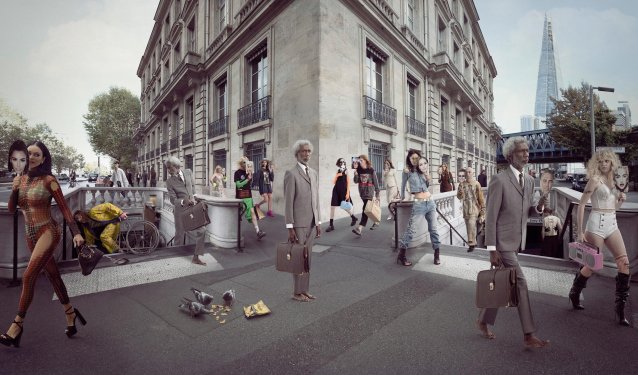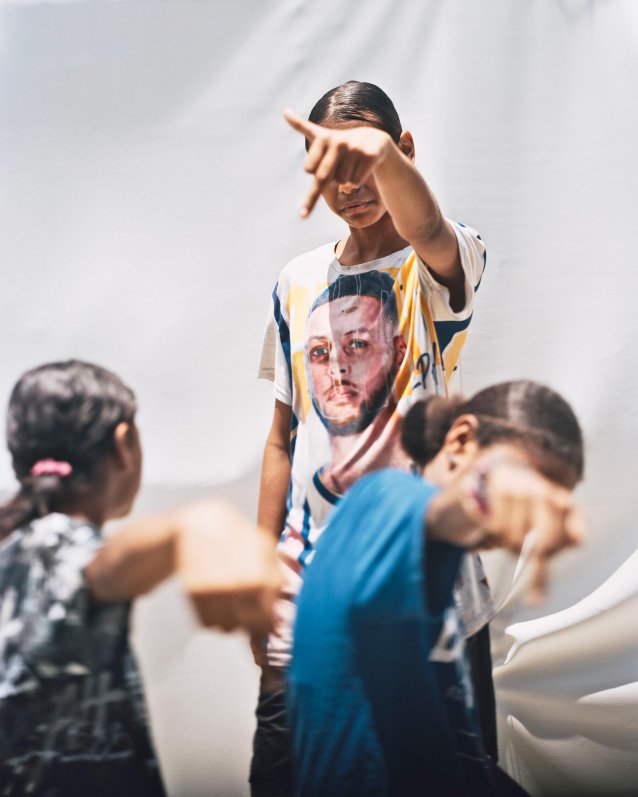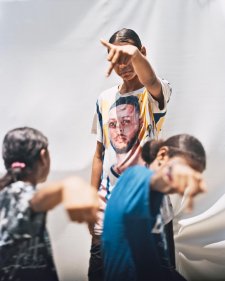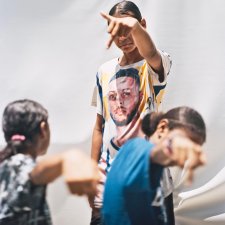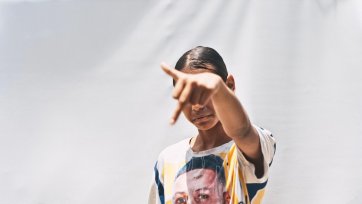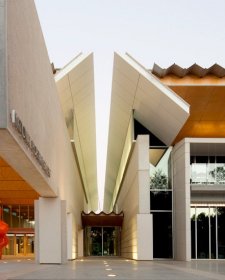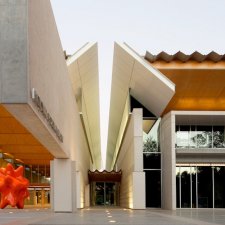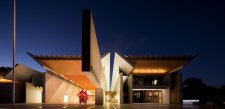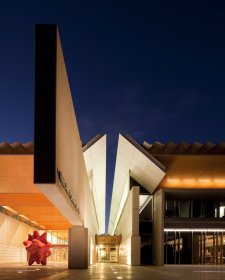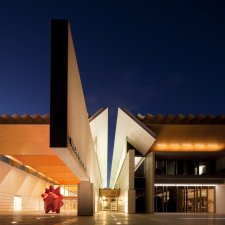Let’s take a look at the National Photographic Portrait Prize for 2025! This year, the judges – Benjamin Law (writer and broadcaster), Serena Bentley (Senior Curator at the National Portrait Gallery) and Leigh Robb (Curator of Contemporary Art at the Art Gallery of South Australia) – selected 48 portraits from over 1400 entries. The finalists show the different ways portraits can tell stories, challenge stereotypes, look at identity and expand the ways we think about ourselves, each other and the world we live in.
How to use this resource
The portraits in this resource have been chosen to prompt discussion, critical reflection and creative responses from students in secondary years. Each activity is designed to be flexible, whether you're planning a full lesson or integrating a short task into your existing program. Students can work in pairs, small groups or as a whole class, allowing for collaborative learning and diverse viewpoints. The resource supports students to explore identity, culture and representation through multiple lenses, fostering respectful dialogue and deeper understanding of themselves and others.
Curriculum-focused outcomes
Curriculum connections:
Learning areas: Humanities and Social Sciences | The Arts – Visual Arts
General capabilities: Critical and Creative Thinking | Intercultural Understanding
Cross-curriculum priorities: Aboriginal and Torres Strait Islander Histories and Cultures
